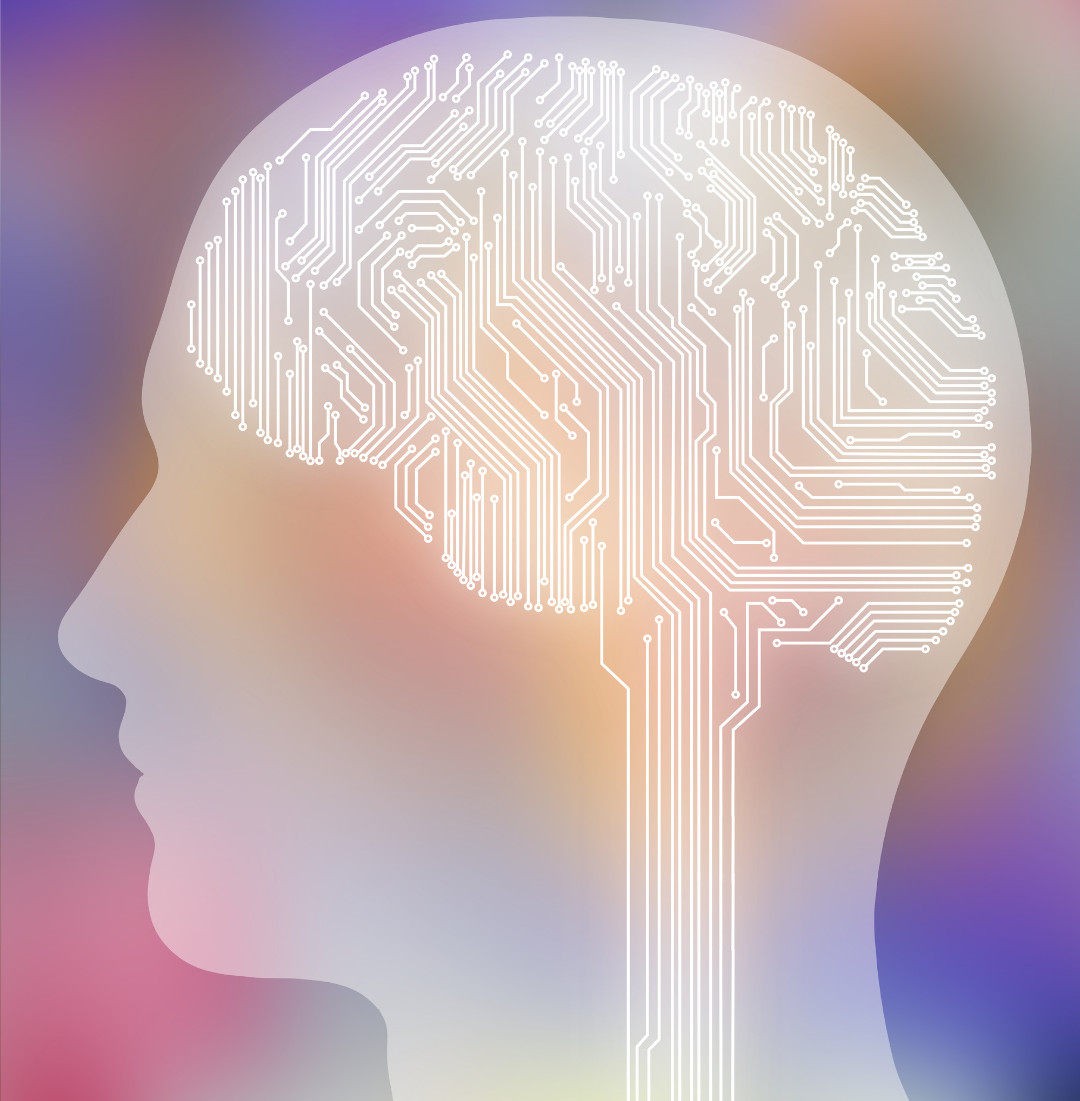
In a world where modern masculinity is constantly redefined, men find themselves grappling with the pressures of being both providers and emotionally present, strong yet sensitive. Coaching offers a sanctuary of stillness, a place to explore the disconnect between societal expectations and personal desires, using tools like Neuro-Linguistic Programming to reshape internal narratives. This journey of identity reclamation is not just a mental shift but a full-body recalibration, harnessing the power of neuroplasticity to transform stress into clarity and strength into authenticity. If you're ready to explore what it truly means to be a man today, this post invites you to pause, reflect, and redefine your role with courage and support.
#Coaching for men #Identity and mental health #Neuroplasticity #NLP coaching #Stress recovery #Emotional resilience #Redefining masculinity #Men and mental health
Read more...
The blog post addresses a unique form of exhaustion stemming from not being true to oneself for extended periods. This subtle burnout is characterized by completing tasks without feeling fulfilled, often accompanied by self-doubt and a persistent sense of tiredness. Many women experience this hidden cost of shrinking, slowly internalizing societal expectations to be helpful yet invisible, confident but non-intimidating, leading them to question their identity and desires.
The post suggests that these feelings are not signs of a crisis but an awakening, an opportunity to rediscover one's authentic self buried under years of conformity. It encourages readers to identify outdated roles, challenge unhelpful narratives, and make space for genuine desires without the need to reinvent themselves. This process is about creating room for one's true self to emerge rather than transforming into something entirely new.
NLP and coaching are presented as tools to facilitate this transition, offering a judgment-free space to explore the causes of emotional and physical fatigue often mistaken for laziness or weakness. By recognizing where they have been shrinking and what aspects of their identity need acknowledgment, individuals can reconnect with their intrinsic passion and joy. The post suggests that this journey is about reuniting with oneself, offering hope and guidance for those ready to shed the burdens of expectation and reclaim their authentic selves.
Read more...
Navigating the space where you're "okay" but not quite fine can be challenging, characterized by a persistent sense of tension and weight that seems ever-present. It's common to experience days where you're able to function—going through routines like making coffee or replying to emails—while not feeling fully grounded or present. This state, while not indicative of burnout, is a symptom of nervous system dysregulation that requires attention and care.
Understanding the polyvagal theory offers insight into how our nervous system operates across a spectrum of responses, mediated by the vagus nerve, which plays a crucial role in determining our state of safety and presence. In navigating through the states of fight-or-flight, freeze, and rest-and-connect, our body signals us through tension or disconnection, highlighting an overload even as we appear high-functioning externally. It’s crucial to recognize these signals not as faults but as cues that suggest our system is holding more than it comfortably can.
Addressing these challenges through nervous system regulation is not about achieving perfection but rather about finding tranquility and relief amid the daily bustle. Simple practices like breathwork, gentle movement, and grounding rituals can promote a sense of calm and safety, essential for genuine relaxation and rejuvenation. Remember, seeking support and allowing yourself the grace to rest does not signify weakness; it's a testament to your humanity and ongoing resilience.
Read more...
In a coaching session, the journey from overwhelm to clarity can be transformative. A client enters the room with a polished exterior, masking the storm of emotions within. As the session unfolds, the coach observes subtle shifts in the client's demeanor, from rehearsed narratives to raw, emotional revelations, highlighting the power of being truly seen and heard.
The coach's role is not to provide immediate solutions but to hold up a mirror to the client's internal patterns. By staying present and allowing the client to express unspoken feelings, the coach helps them navigate the storm of emotions. This process of witnessing and naming the winds of the storm—tiredness, frustration, loneliness—enables the client to gain awareness and begin to calm the turmoil within.
Through this experience, the client discovers that the answers they seek are already inside them. By naming their feelings and identifying small, actionable steps, such as resting or reaching out to a friend, they can start to regain control. The coaching session empowers the client to stand steadier, no longer alone in their storm, but equipped with the tools to face it.
Read more...
The blog post explores the silent struggle many men face in balancing life’s demands, where the constant buzz of work and family leaves little room for genuine rest. This pressure-filled phase of life often creates a skewed belief that staying busy equals worthiness, while stillness is mistakenly viewed as risky. By delving into the science behind this discomfort, the post uncovers how the brain misinterprets rest as a threat, pushing individuals to relentlessly achieve and proving that relaxation often feels unnerving.
Highlighting that stillness is not a sign of weakness, the post advocates for embracing moments of calm as a form of strength. It challenges the ingrained belief that one’s value is tied solely to productivity, encouraging readers to recognize that true resilience comes from being present and allowing oneself to slow down. By offering strategies to manage anxiety and promote calm, such as catching the urge to remain busy and practicing bilateral grounding, the post empowers individuals to see rest as an ally, not an adversary.
Finally, the piece invites readers to reconsider their relationship with productivity, emphasizing that self-worth surpasses output and achievements. It serves as a poignant reminder that strength is found in embracing stillness and recognizing one's inherent value beyond the race of life. The post encourages readers to share this insight with men who may benefit from understanding that their worth, even in moments of silence, remains unshaken.
Read more...











